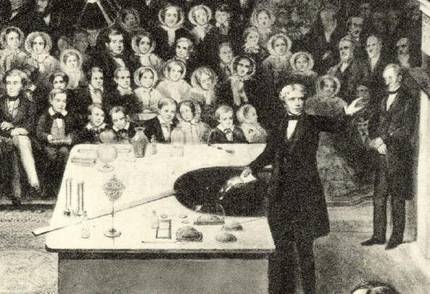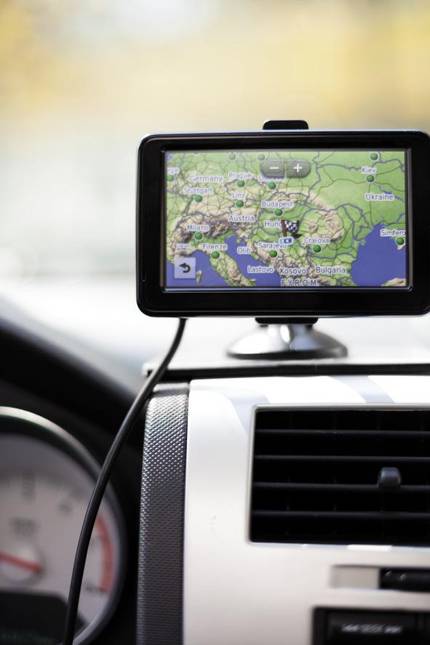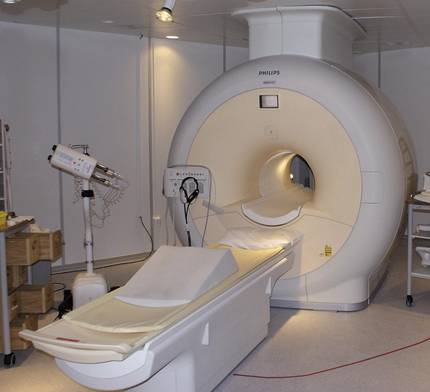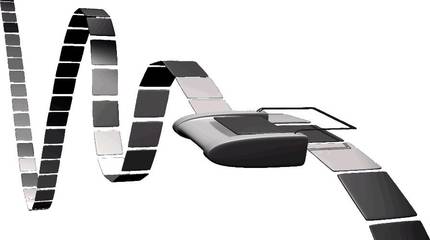What is it for?
2016/03/01 Azkune Galparsoro, Gorka - Ikertzailea eta irakasleaEuskal Herriko Unibertsitateko Informatika Fakultatea Iturria: Elhuyar aldizkaria
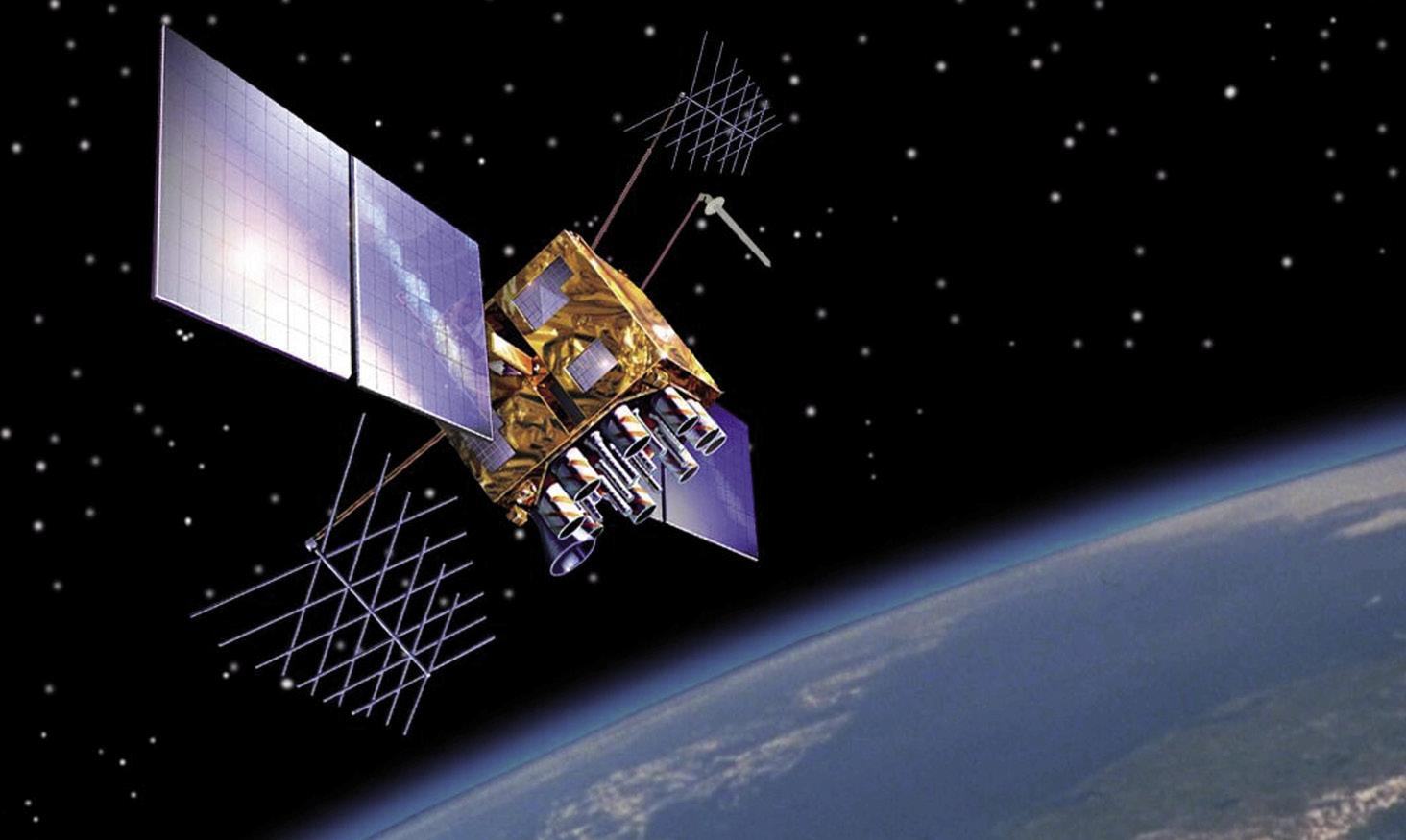
There is a nice anecdote about the great physicist Michael Faraday. A man who, overcoming his humble origins, made great contributions to physics and modern society today. He invented an electric motor and pioneered the use of electromagnetic waves. But, in his day, many people looked suspiciously at him.
The former British prime minister visited Faraday one day in the laboratory. After seeing these curious devices, he asked him always: “What is all this for?” Faraday gave him a surprising answer: “I don’t know, but I’m sure they will be taxed for these things in the future.” Di and adivina. We currently pay almost half of the light bill in taxes. The work carried out by Faraday had great importance in the generation and distribution of the electricity used.
But Faraday could not then predict the tremendous influence of his work. I did not work to create electric cars, radio and other devices. His goal, like that of all scientists, was to create new knowledge. I wanted to explain some phenomena of nature. I wanted to know how to unite electricity, magnetism and light. His goal was to solve the great problems of the science of his time as a child who wants to form a puzzle. At the end of that puzzle, with the help of Maxwell and other great scientists, he left us a new and fruitful knowledge in inheritance.
Society must know that knowledge always has a huge value. And that those who work in the generation of knowledge do not see in most cases the application of their knowledge. History shows us thousands of examples and here we will try to explain some of them.
Einstein and GPS
With special relativity XX. After the revolution of physics at the beginning of the century, Albert Einstein still had a headache: how to generalize his special relativity for non-inertial observers. Inertial observers are those who move at a constant speed, while non-inertial observers have an accelerated movement. The equations of special relativity described physics well for inertial observers, but had no answer for others. Therefore, the theory was not complete. That puzzle, like that of Faraday, was not finished.
In 1915 Einstein published his theory of general relativity. It was an authentic revolution. To explain the physics of non-inertial observers, Einstein found a new theory of gravity that generalized and improved that of Newton. He postulated gravity as a consequence of space and time. This theory explained with great precision the particular orbit of the planet Mercury, already known at that time.
One of the consequences of general relativity is time reduction. According to the theory, time passes slower where the intensity of gravity is higher. This means that time is slower on the Earth's surface than on the place of satellites spinning around the Earth. Up there, gravity is weaker, so time passes faster than here.
Almost 60 years after the publication of general relativity, the GPS project was developed. Currently we have the GPS integrated into our mobile phones and we know well what it serves. But how does it work? In short, around the Earth turn 24 satellites that emit to our GPS devices some light rays that indicate their position and their time. Our devices, when receiving these signals, get our position by triangulation.
Triangulation requires knowing precisely when the signal has been emitted from each satellite. The clock of the satellites and that of our devices do not measure time in the same way. Therefore, it is essential to take into account this time difference to correctly calculate the position. If we had not taken into account the slowdown in time predicted by general relativity, the GPS devices would be of no use, since the error in position would be enormous, although the time difference between Earth and satellites was small.
Magnetic resonances by quantum
Magnetic resonance has revolutionized medicine. Thanks to this technology, we can know what is happening inside our body without cutting or opening the body. Muscle lesions or tumors can be seen, for example, thanks to magnetic resonance.
Surely you have heard the quantum word more than once. In most cases, it is probably related to rare things. Quantum describes the physics of molecules and atoms. XX. At the beginning of the twentieth century, several experiments explained phenomena that the physics of the time could not explain, almost always associated with very small objects. Thanks to Planck, Einstein, Bohr, Schrödinger, Dirac, Heisenberg, etc., we learned how the world of the little ones worked. And a lot of surprises appeared.
Quantum taught us that atoms have a property called spin. Consequently, atoms can be represented as small magnets. When different atoms are combined, molecules are formed. The molecules of our muscles or organs are different. Quantum indicates that each molecule shows a different behavior if placed in a magnetic field. This behavior is a consequence of the spins of the different atoms that form the molecule. Therefore, it can be said that each molecule has its own magnetic signature.
What we have just seen is at the base of magnetic resonances. When they introduce us to the machine, they create magnetic fields around us with large magnets. The molecules of our body react differently to these magnetic fields, starting to rotate in some way with different frequencies. Each molecule has its frequency at the time of turning, and the machines catch it using light rays. In this way they are able to elaborate a map of the molecules that make up our body, which allows the separation of the tissues.
If we did not know the bases of quantum we could not do magnetic resonance. It must be taken into account that the theory itself that analyzes and describes such strange aspects as anti-mating has made this device so important for our health.
Turing did not know the Internet
Alan Turing, XX. The British mathematician of the twentieth century has become popular for his important role in World War II. He was part of the team capable of releasing the codes of the Enigma machine with which the Nazis encrypted their messages. And Turing had a great importance in the development of computers that have revolutionized our world.
At that time, when performing heavy calculations, mechanical gear and crank devices were used. These mechanical machines served to perform a specific task, but not for anything else.
Alan Turing was thinking about how to get a machine capable of performing all computing tasks. For example, let the machine itself calculate the sums of two numbers, but also calculate the sums of two numbers, only if they are pairs. That is, Turing wanted to get a machine to run any algorithm. For him it was a mathematical problem to get such a machine.
Finally, in 1936, Turing found an answer. That conceptual design that called automatic machine, we know it today as a Turing machine. Note that Turing never thought the machine could be real. He presented it as a computer model, as a conceptual tool to analyze computational problems.
The current computers can be seen as physical realization of the Turing machine. That mathematical model he invented became real with the help of electronics. Today, computers serve to write texts, read, release equations, watch videos, browse the Internet, design houses, etc. But at its base is the computer model of the Turing machine. He could never dream that there would be such a device. I just wanted to solve a mathematical problem. And look at how the world changed...
Conclusions of the conclusions: Conclusions
Xabier Lete said that in the wonderful song Izarren zuria, “the work of men is to know, to change knowing”. The human being has found no better system than science to generate knowledge. Knowledge is the goal of science, but not change. The change, as the song said, comes after knowledge.
However, when a group of scientists asks for money to carry out a new project, public calls ask them to explain the social, economic or health impact of their research. But that does not know a scientist, because the future cannot be predicted. In both Europe and the Basque Country, the concept of impact is valued in an important way in the financing of research. They also demand business plans in the memories of scientific projects. What is known as basic science, that science that wants to release great problems, is being out of place in our society and its consequences will all suffer, because there are no changes or effects without new knowledge.
So what is the Rosetta mission for? Why the discoveries of the Higgs boson? Now I know: to spread our knowledge.
Bibliography Bibliography Bibliography




